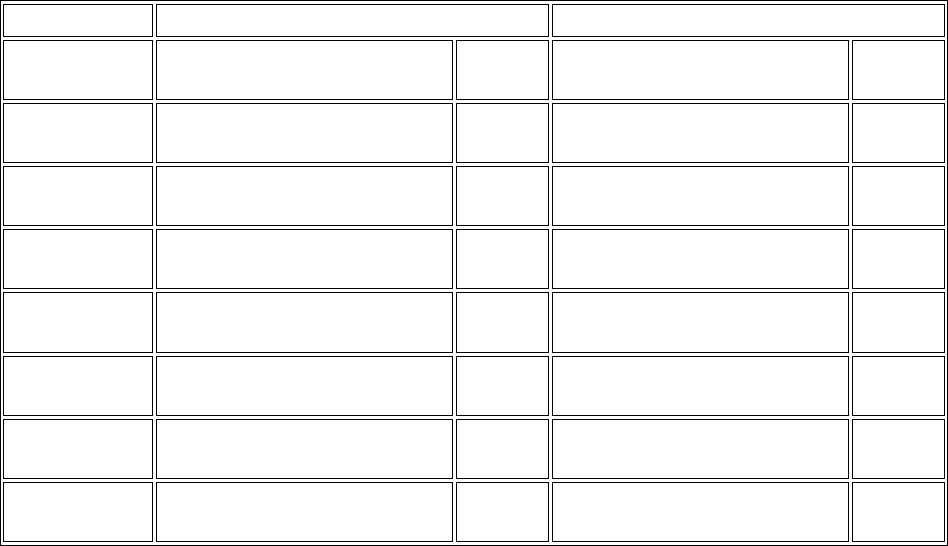User manual

The 19-pin HDMI connectors include three differential data channels, one differential clock
channel five GND connections, a one-wire Consumer Electronics Control (CEC) bus, a two-wire
Display Data Channel (DDC) bus that is essentially an I2C bus, a Hot Plug Detect (HPD) signal,
a 5V signal capable of delivering up to 50mA, and one reserved (RES) pin. All non-power
signals are wired to the Zynq PL with the exception of RES.
Pin/Signal J11 (source) J10 (sink)
Description
FPGA
pin
Description
FPGA
pin
D[2]_P,
D[2]_N
Data output J18, H18 Data input
N20,
P20
D[1]_P,
D[1]_N
Data output K19, J19 Data input
T20,
U20
D[0]_P,
D[0]_N
Data output
K17,
K18
Data input
V20,
W20
CLK_P,
CLK_N
Clock output
L16,
L17
Clock input
N18,
P19
CEC
Consumer Electronics
Control bidirectional
G15
Consumer Electronics
Control bidirectional
H17
SCL, SDA
DDC bidirectional
M17,
M18
DDC bidirectional
U14,
U15
HPD/HPA
Hot-plug detect input
(inverted)
R19 Hot-plug assert output T19
Table 10.1. HDMI pin description and assignment.
10.1 TMDS Signals
HDMI/DVI is a high-speed digital video stream interface using transition-minimized differential
signaling (TMDS). To make proper use of either of the HDMI ports, a standard-compliant
transmitter or receiver needs to be implemented in the Zynq PL. The implementation details are
outside the scope of this manual. Check out the vivado-library IP Core repository on the Digilent
github for ready-to-use reference IP.
10.2 Auxiliary signals
Whenever a sink is ready and wishes to announce its presence, it connects the 5V0 supply pin to
the HPD pin. On the Arty Z7, this is done by driving the Hot Plug Assert signal high. Note this
should only be done after a DDC channel slave has been implemented in the Zynq PL and is
ready to transmit display data.
The Display Data Channel, or DDC, is a collection of protocols that enable communication
between the display (sink) and graphics adapter (source). The DDC2B variant is based on I2C,










